Return to Research
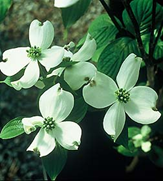
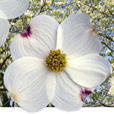
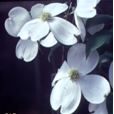
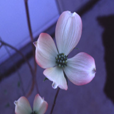
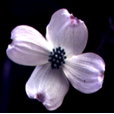
Every spring there is a showy floral display thanks to the blooms of flowering (Cornus florida) and kousa (C. kousa) dogwoods. These species and their hybrids have spectacular floral displays from late March to late May in Tennessee.
Flowering dogwoods are very popular ornamental trees that are important both economically and ecologically. Many cities and towns in the US have dogwood festivals and Tennessee is the leading producer of dogwoods in the country. While flowering dogwood is native to the US, kousa dogwood is native to Asia. The two species are very similar in size and form as both are small to medium sized trees with large white, pink, or red bracts that are strikingly displayed each spring. Some of the differences are the bloom time, fruit structure, and bark texture.
Flowering dogwood blooms about 1 month prior to kousa dogwood and the fruits of flowering dogwood are bright red berry-like drupes, whereas kousa dogwood fruits are a globose pink to red compound drupe. The bark of kousa dogwood becomes exfoliating with age forming a mosaic of grays, tans, and browns. A dogwood improvement program was initiated at the University of Tennessee in the 1990s in response to the destruction of native populations of flowering dogwood with fungal disease dogwood anthracnose. Within less than a decade of the program’s start another fungal disease (powdery mildew) put many small nursery growers in Alabama and Tennessee out of business.
The University of Tennessee has released five flowering dogwood and three kousa dogwood cultivars that have disease resistance or unique ornamental characteristics. In addition to developing improved dogwood cultivars, researchers are investigating the genetics involved in disease resistance and ornamental traits such as bract and leaf color. The dogwood improvement program has one the nation’s largest collections of flowering and kousa dogwood cultivars and is maintained at the University of Tennessee Forest Resources AgResearch and Education Center.
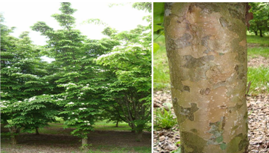
Cornus kousa ‘Pam’s Mountain Bouquet’ has a unique fused bract structure.

Red leaves highlight the canopy of Cornus kousa ‘Red Steeple’.

Columnar habit and attractive bark of Cornus kousa ‘Empire’.
